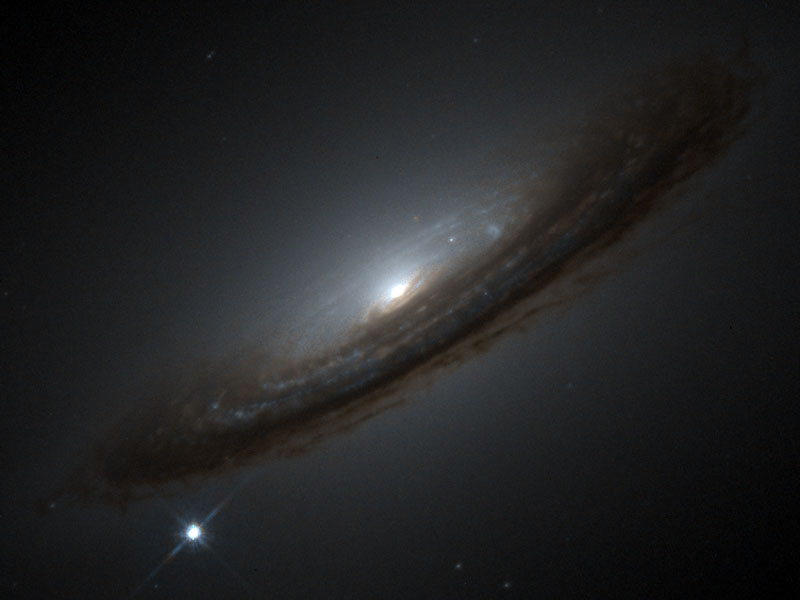
Eight years ago results were first presented indicating that most of the energy in our universe is not in stars or galaxies but is tied to space itself. In the language of cosmologists, a large cosmological constant is directly implied by new distant supernovae observations. Suggestions of a cosmological constant (lambda) are not new -- they have existed since the advent of modern relativistic cosmology. Such claims were not usually popular with astronomers, though, because lambda is so unlike known universe components, because lambda's value appeared limited by other observations, and because less-strange cosmologies without lambda had previously done well in explaining the data. What is noteworthy here is the seemingly direct and reliable method of the observations and the good reputations of the scientists conducting the investigations. Over the past eight years, independent teams of astronomers have continued to accumulate data that appears to confirm the unsettling result. The above picture of a supernova that occurred in 1994 on the outskirts of a spiral galaxy was taken by one of these collaborations.
No wonder the TheoCons hate the Hubble. Its findings are as incomprehensible to them as a rising star in the east.

2 comments:
Greetings Kelly B!
I occassioned to visit your site again and alas was not dissapointed!
I am intrigued with your ideas of cosmological constants and why you try to tie it in a religious context. Could you expand on this idea of yours?
Peace.
My simple thought is that the mysteries that make up reality are more subtle and profound than we can imagine, and that religion, being concieved in the human mind despite the assertions of our elders, has a far less chance of being correct about the universe than science, which admits it only gives a best estmate.
The cosmological constant is a great example. Science leads us to admit we don't know everything. Religion won't admit there are things beyond its mythos we need to know.
Post a Comment